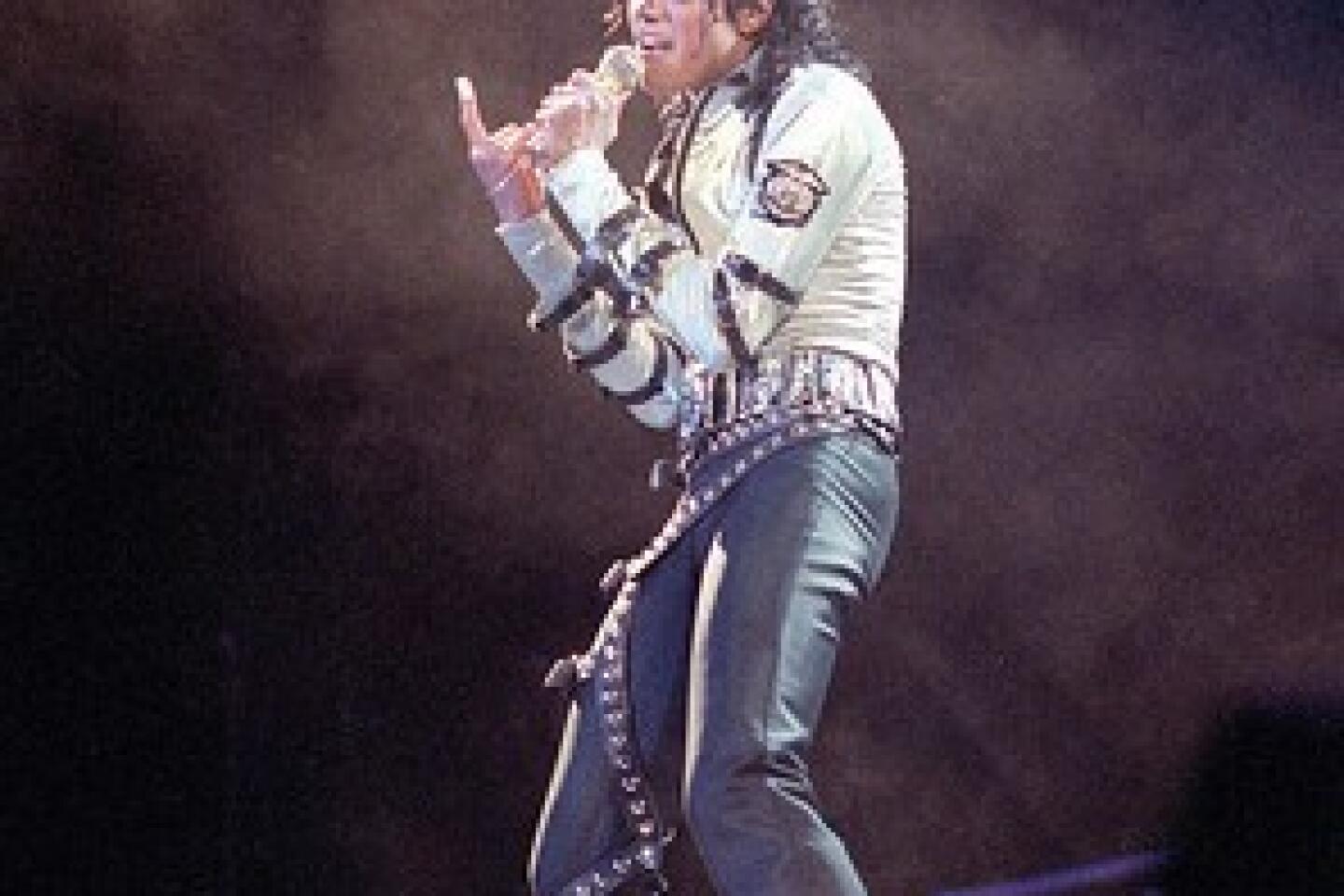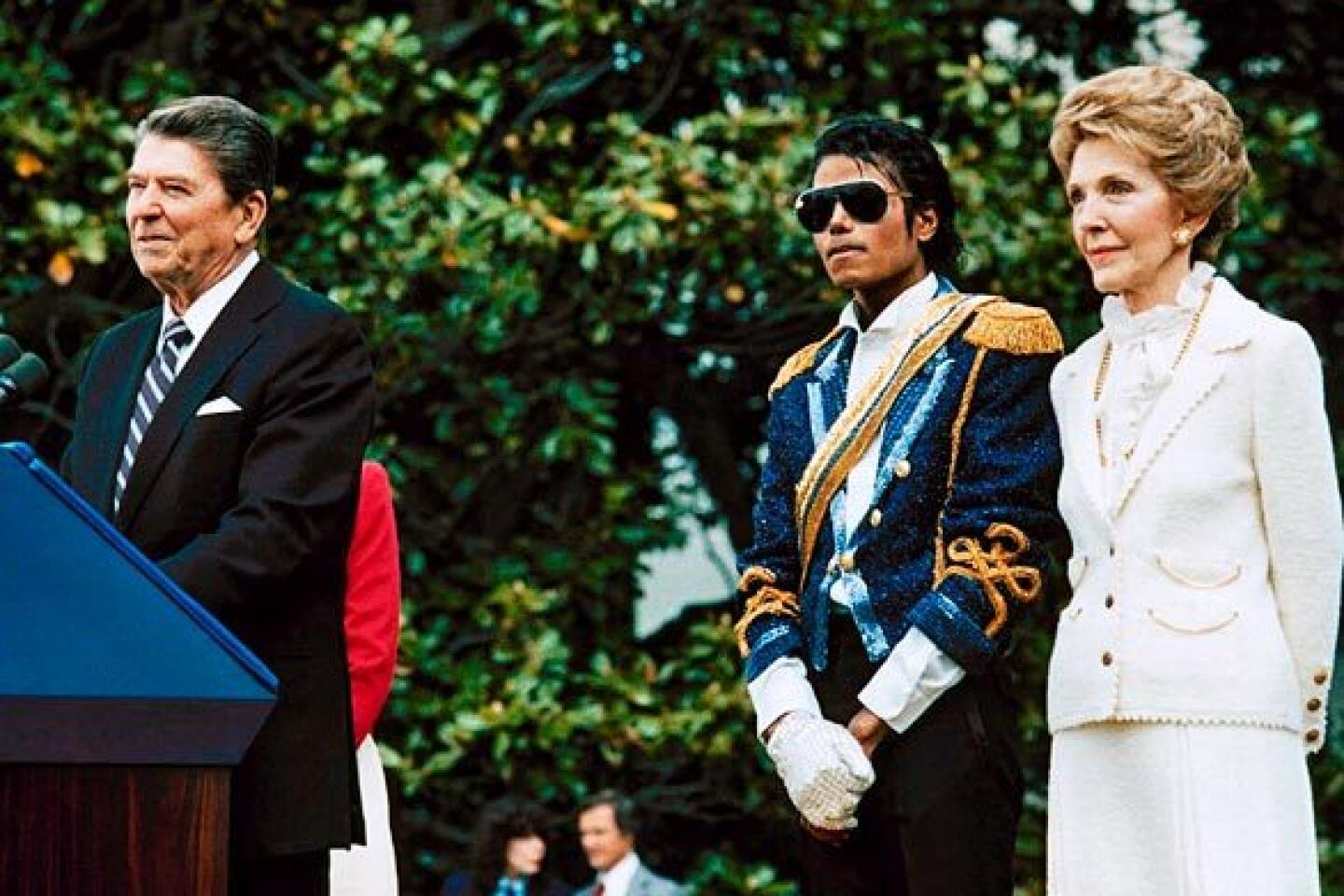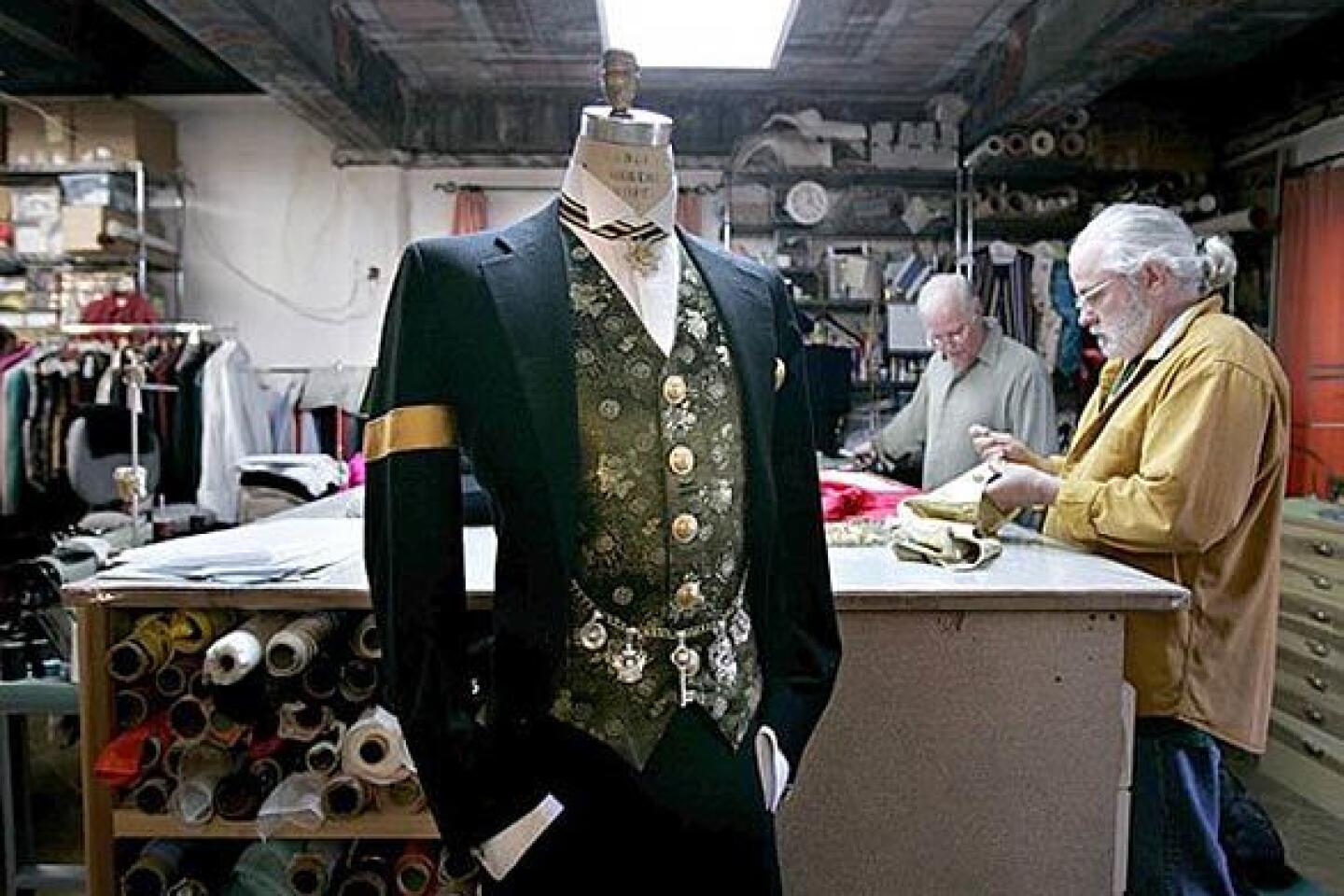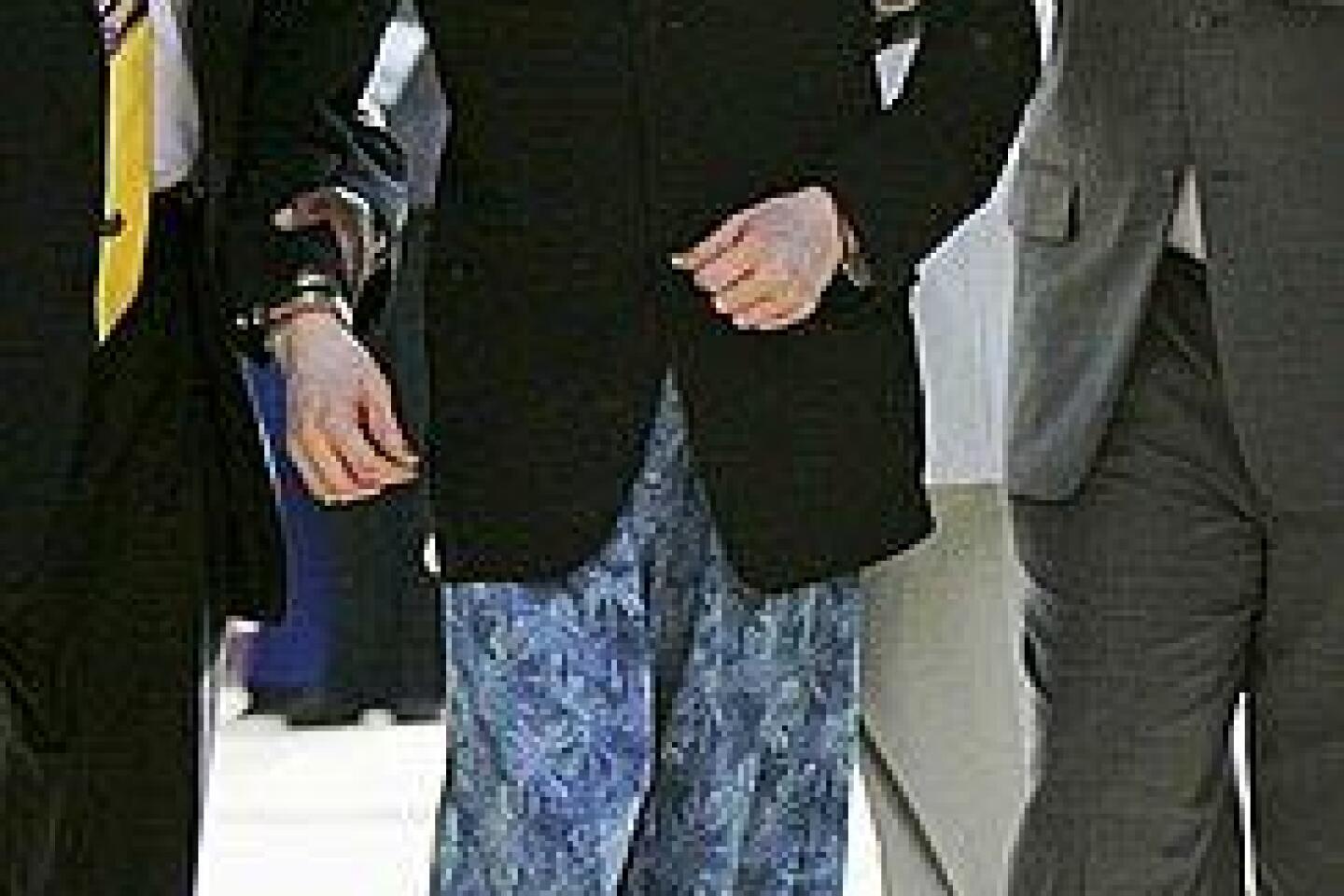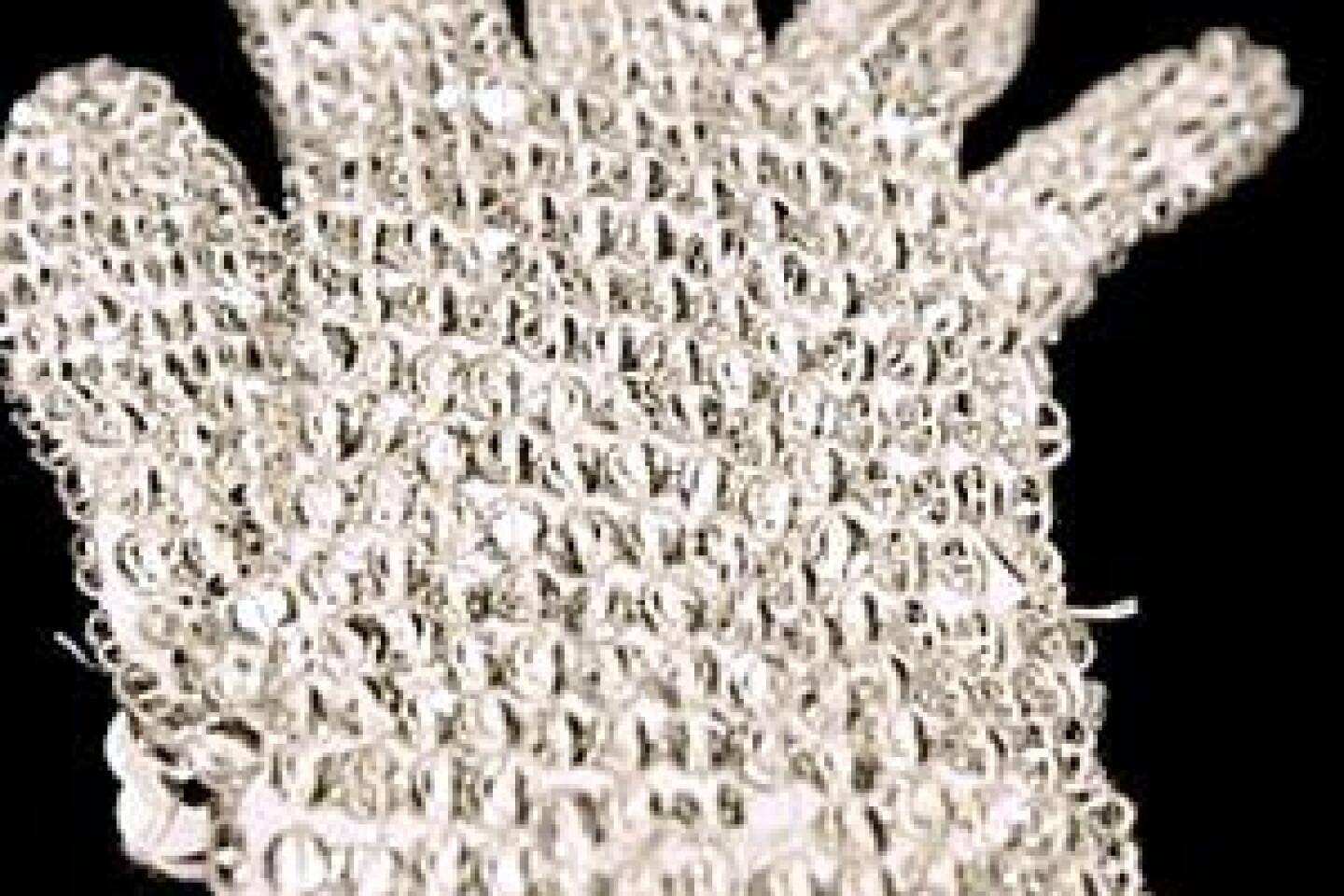Michael Jackson: king of style
Wearing one glove, Michael Jackson reached into the pop culture zeitgeist and influenced an entire generation, giving pieces as simple as military badges and a fedora an imprint that, for a time, was as powerful as his music.
At the height of his career in the mid-1980s, he was a fresh representation of how a male pop singer could look, with his perfectly chiseled face, long curls, white T-shirt, black pegged pants, white ankle socks and black loafers. Reminiscent of a dancer’s costume, the graphic black-and-white enhanced his unbelievable moves. That rhinestone-studded glove became his signature statement.
The power of his determinedly idiosyncratic style was amplified by MTV, which beamed “Billie Jean” and “Beat It” around the world and made him its first fashion icon. Teenagers wanted what he had, taking break-dance lessons and wearing pink bow ties and single rhinestone gloves to school.
The more his popularity soared, the more he dressed to impress. The red leather, zippers and Jheri curls of “Thriller” evolved into a more regal look that was in keeping with his reputation as the King of Pop. Embellished jackets became his uniform. Festooned with gold braiding, epaulets, brass buttons, even forks and knives, each one was more elaborate than the next, and they became a kind of symbol for the more-is-more fashion era.
In 1984, when Jackson was invited to the White House to receive an award from President Reagan, he wore a blue sequined cropped jacket with gold sequined epaulets, his signature glove, black loafers with spats and aviator sunglasses.
The men behind the Man in the Mirror were L.A.-based costume designers Michael Bush and Dennis Tompkins. They quietly designed most of Jackson’s personal and concert tour wardrobes -- tens of thousands of pieces, many with military details -- working from a Michael mannequin in their studio that was built to the singer’s exact measurements. The pop star’s directive was always, “This is what the world’s wearing -- top it,” the designers said in 2005. And they tried. One jacket -- worn in a 1990 L.A. Gear ad campaign -- was black suede and covered in miniature gold license plates.
Costume designer Deborah Landis designed the iconic leather “Thriller” jacket, settling on the color after learning that “there would be a huge dance with ghouls, and the ghouls would be very ragged and coming from dust,” she said recently. “So I thought, what would make Michael pop? I went through the palette and came up with red.”
Jackson understood the power of costume on and off the stage -- and even in court. When he appeared at the Santa Maria courthouse in 2005 to face child molestation charges, his oddly styled get-ups (the famous pajama bottoms and armbands) created a template for a kind of kooky celeb-goes-on-trial look.
It was his face, though, that seemed to hold the most fascination for the public. The never-ending speculation about his rhinoplasties fueled a cultural obsession with plastic surgery as Jackson pursued an ideal of beauty that for him was always just out of reach.
It’s almost as if the fashion industry knew it was time for a Jackson tribute. The pop singer’s influence was everywhere on the runway this past season, in the crystal-dusted jackets at Balmain, Givenchy’s gold-studded jackets and the sequined gloves at Louis Vuitton.
Swarovski had been tapped to bedazzle the costumes for Jackson’s comeback tour beginning next month in London. It would have been a fashion spectacle for the ages.
